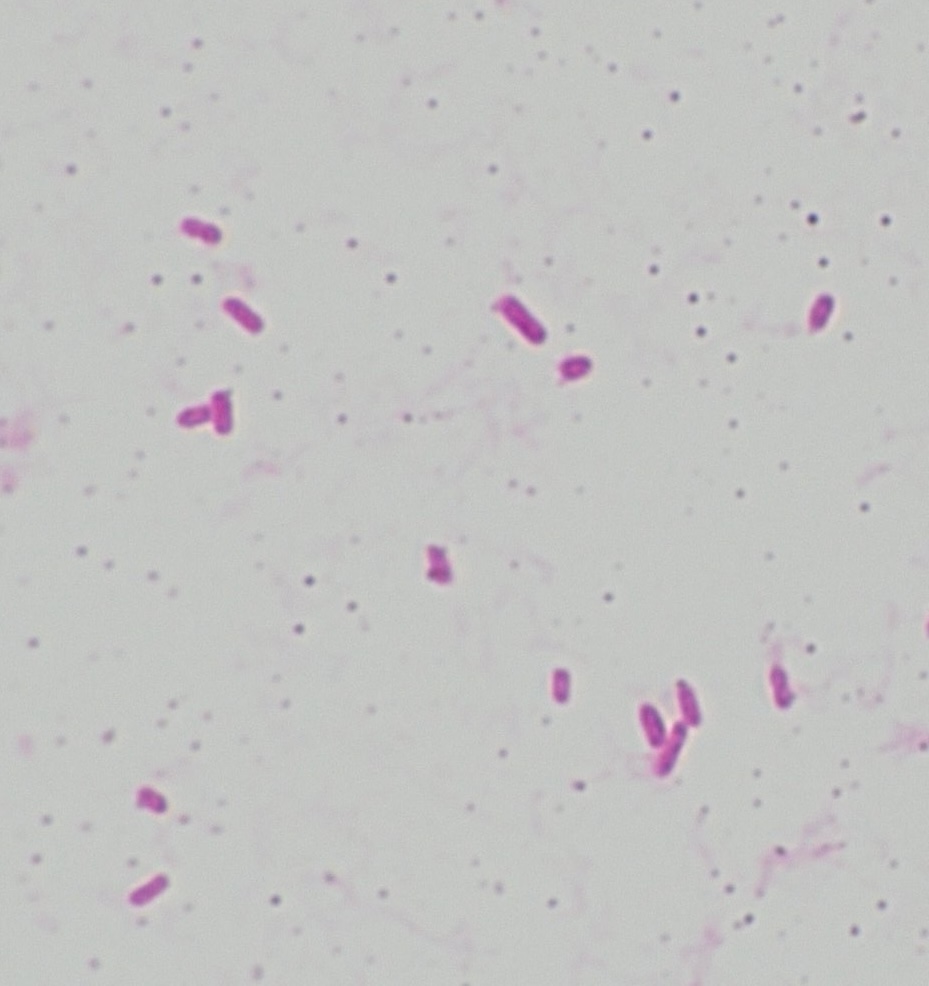Sample
Target Users
- Microbiologists: Professionals needing a simplified tool for categorizing microorganisms.
- Researchers: Those conducting studies involving microbial classification.
- Laboratories: Clinical and research labs aiming to enhance microbial testing efficiency with a focused support tool.
Key Features
- Automated Measurement: AI algorithms assist in accurately categorizing microorganisms into seven key classes.
- Quick Results: Provides categorization results in seconds, enabling rapid interpretation.
- Easy Image Upload: Seamlessly upload images from a smartphone or device for analysis.
Benefits
- Accuracy: Enhances precision in classifying microorganisms, focusing on the seven key classes.
- Time-Saving: Speeds up microbial classification, allowing efficient analysis.
- Reliability: Provides consistent and reliable support for laboratory workflows.
How It Works
- Prepare the Slide:
- Use recommended glass slides and stain the sample using the Bartholomew & Mittwer (B&M) modified method.
- Capture or Upload an Image:
- Attach your smartphone to a microscope using an adapter and capture images with 1.0x digital zoom.
- Alternatively, upload saved images from your smartphone (minimum 12MP, 3024x4032 pixels).
- Run the Analysis:
- The AI processes the image and classifies microorganisms into one of seven categories: Gram-negative rods (GNR), Gram-negative cocci (GNC), Gram-positive rods (GPR), Gram-positive cocci (GPC), yeast-like fungi (Yeast), no bacteria and the combination of them.
- View Results:
- Instantly see the classification on-screen, and save results for further analysis.
- Optimize Imaging:
- Ensure clear imaging by adjusting the microscope settings and minimizing ambient light.
Caution When Make Specimen
- Please perform Gram staining using the Bartholomew-Mittwer method.
- Ensure the specimen used has no staining abnormalities.
Caution When Photographing
- Do not use out-of-focus images.
Acknowledgement
This product has been developed in collaboration with the School of Medicine, Kobe University, the National Center for Global Health and Medicine (NCGM), and the Japan Agency for Medical Research and Development (AMED).
Other remarks
For detailed classification at the species level, please refer to BiTTE - iE.
For guidance on achieving high-quality Gram staining, please refer to the automated gram stainer - Point of Care Gram Stainer (“PoCGS”).










